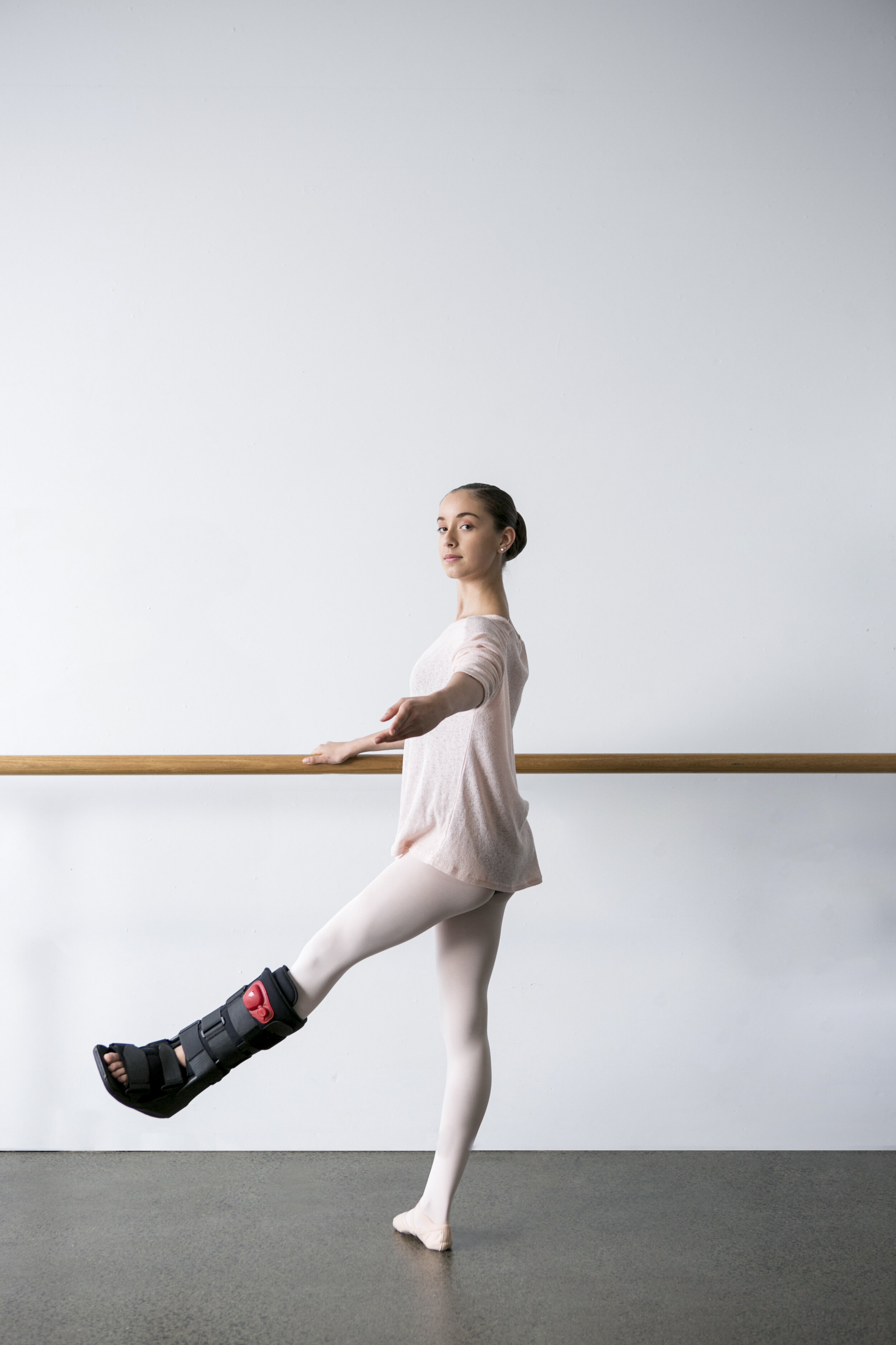DANCING THROUGH INJURY - HOW WE CAN HELP
As both dance teachers and podiatrists, we are very aware that the last thing you want to hear is that you are injured and have to sit out of class. To keep you involved and engaged in class we see the benefits of tailoring your rehabilitation directly to your needs. Our main aim is to get you back to dancing at your full potential as soon as possible.
The correct diagnosis is imperative in your return to dance journey. Here at The Dance Clinic, we believe in the use of diagnostic radiology, including ultrasound, x-ray and MRI, hands-on assessment and a clear injury history so we can get you started on your rehabilitation as soon as possible. As podiatrists, we have direct referral rights to radiology and in a lot of cases, this can be accessed with bulk billing.
Modifying your dance load
In many rehabilitation cases, it may be necessary to modify the training load that the dancer is undertaking. This may include reducing the total number of hours danced or modifying the type of steps used within the dance class. For example, if someone was suffering from a posterior impingement we might limit the amount of work undertaken on the demi-pointe or en pointe or in the case of an achilles, limiting jumping and plies.
Modification of footwear
Depending on your injury we can look at modifying your dance shoes using padding, elastics and stretching. Alternatively, it may be necessary for you to wear runners for a period of time with or without the use of an orthotic to modify the load placed on the foot. Orthotic use may be required when dancing and/or for day to day footwear as well.
Dancing in a moon boot
If a moon boot has been advised, it is still possible to undertake some dance classes in conjunction with some strengthening and conditioning. This can include the modification of exercises as well as using the “floor barre” method. Our podiatrists Sophie and Kirsti are well equipped to help design a tailored rehabilitation program suited to your needs.
Strengthening and conditioning
Specific exercises to work on technique including turnout range and control can also be prescribed to help address technical weaknesses. It is also important to determine the cause of the injury, to retrain, rehabilitate and strengthen the area. If this is not addressed, the risk of injury recurrence will be likely, when the dancer returns to the studio.
The use of multiple soft tissue treatment modalities
At The Dance Clinic, we have access to a range of soft tissue treatment modalities.
Treatment options, but not limited to are:
Dry needling
Cupping
Massage
Therapeutic Ultrasound
Corticosteroid and prolotherapy Injections
If you are unsure or would like further information in regards to the treatment and services we provide, please don’t hesitate to email an enquiry to thedanceclinic@highettpodiatry.com.au or call us on 9555 3044.


